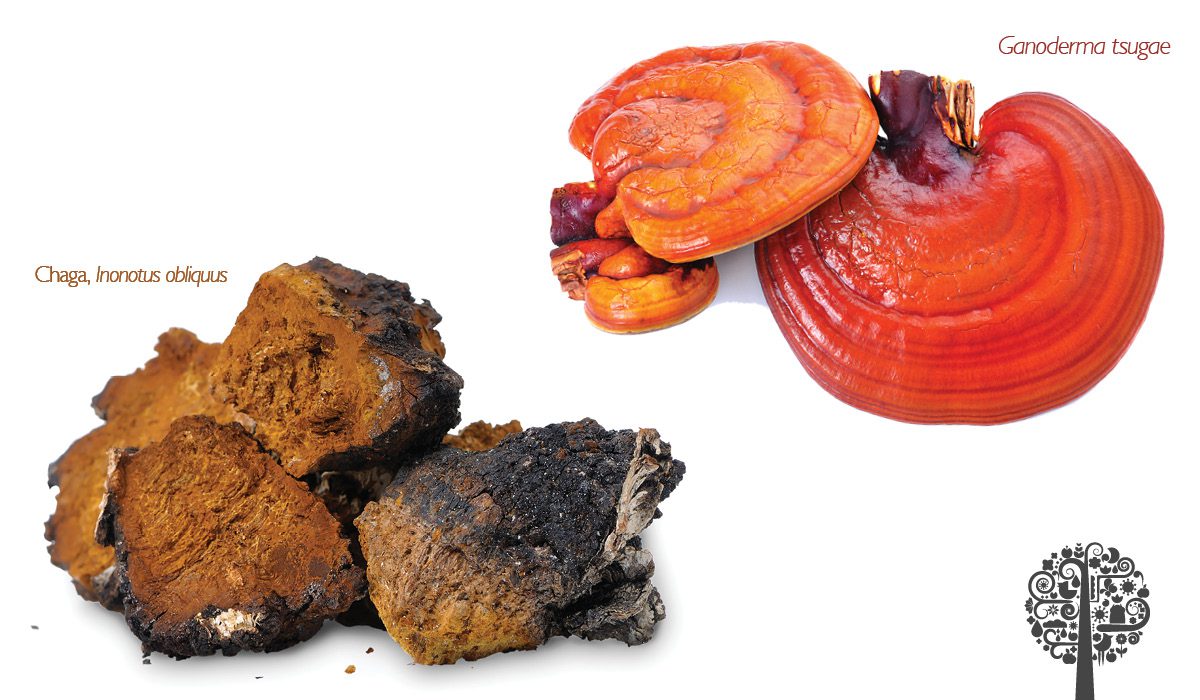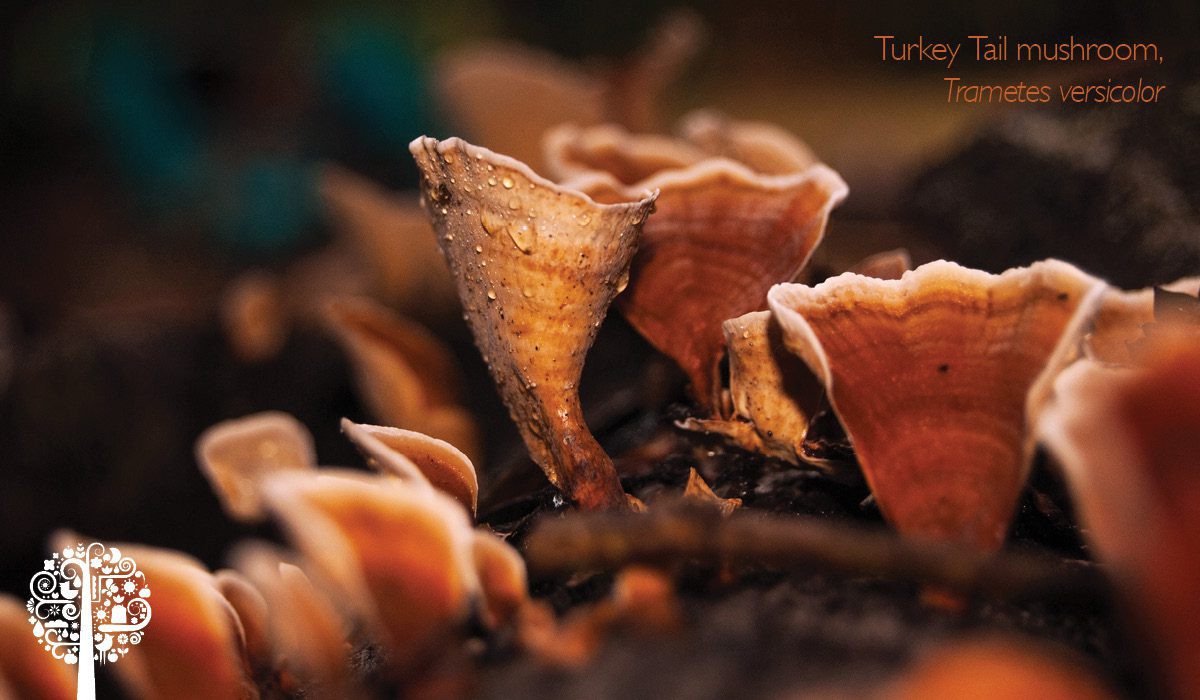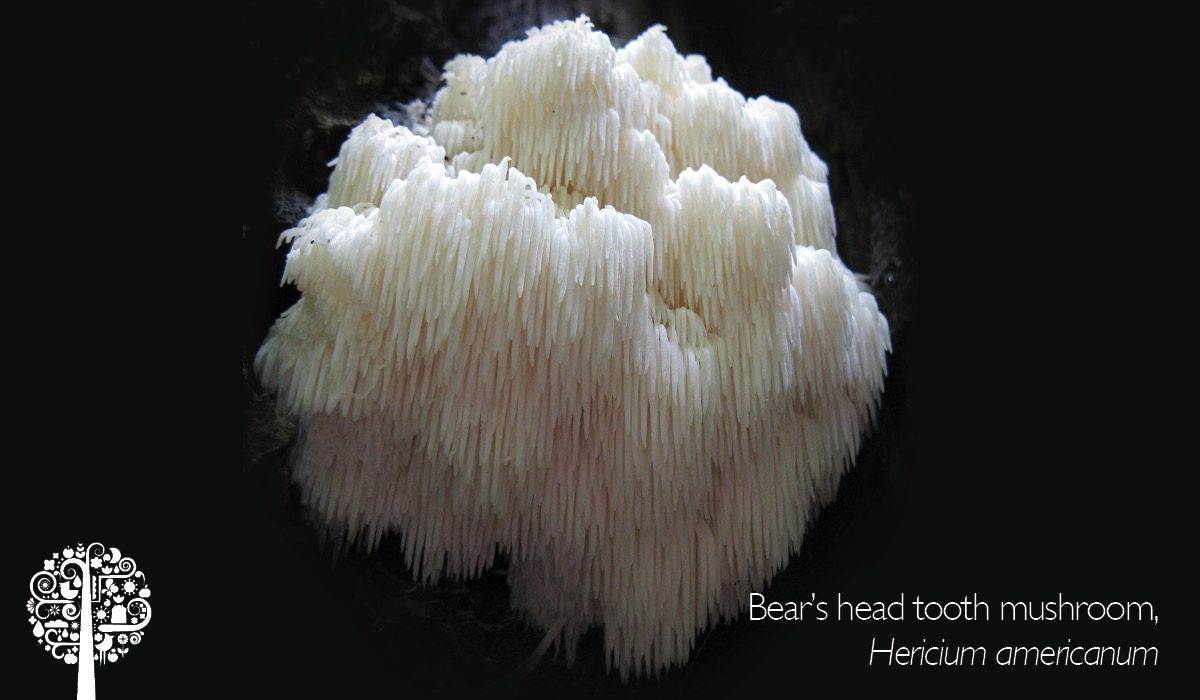Foraging For Wild Medicinal Mushrooms
Mycophobia is defined as a fear of mushrooms. For many people, the idea of harvesting wild mushrooms can create feelings of anxiety. With so much unknown about the wild fungus, it’s easy to assume that all mushrooms are poisonous and dangerous, but that is certainly not the case.
Over the last several years, enthusiastic mycologists have been spreading the good word about wild mushrooms. Incredible books and documentaries have been released, and wild mushrooms are now widely marketed as tasty delicacies suitable for sophisticated palettes.
Research is Crucial
Of course, the world of mycology can be very intimidating, especially considering so many mushrooms are similar in appearance. How can you tell the difference between one that is edible and one that is toxic? We cannot consume any mushroom we have not correctly identified; doing so can be the difference between ending up in the hospital and enjoying an excellent meal or powerful medicine. For this reason, it is always recommended to do a lot of research before eating wild mushrooms. My advice is to go out on mushroom identification walks with passionate and experienced foragers who know what they are doing.
I Spy
Thankfully, some mushrooms are unique and impossible to be mistaken for something toxic. The best part? A majority of these are medicinal mushrooms! Wild mushrooms that grow on trees (dead or alive) are often easier to identify. With their specific shapes, textures, and colors, they are distinct and easy to spot. To get you started on your foraging journey, here are some of my favorites.
Chaga, Inonotus obliquus
Found almost exclusively on birch trees (Betula spp), chaga is easy to identify as it produces very hard textured, charcoal-black conks. The inner part of the mushroom ranges from dark to golden-brown. The entire Chaga mushroom is used as a medicine, but it is too hard to be eaten. They can be steeped as a delicious-tasting tea. Some people make chaga chai tea with a combination of spices, honey, and almond milk.
Chaga has been used in folk medicine in Russia for centuries and is recognized for its healing capabilities. Despite the lack of scientific evidence, chaga is widely known to be anti-bacterial, anti-inflammatory, antioxidant, and hypoglycemic. It also helps lower cholesterol and is even able to fight off tumors. A high oxalate content means chaga should not be taken by anyone prone to kidney stones or kidney disease. This marvelous mushroom takes years to reach maturity in the wild, so please forage responsibly.
Reishi, Ganoderma tsugae
Ganoderma tsugae is a reishi that hails from North America. This kidney-shaped conk is easy to recognize with its vibrant, glossy colors of red, orange-yellow, and white. It grows almost exclusively on dead or dying Eastern Hemlock (Tsuga canadensis) trees.

Also called the hemlock varnish shelf mushroom, it shares the same medicinal properties as its cousin from Asia, Ganoderma lucidum, the mushroom of immortality. Highly valued in folk medicine, these mushrooms have been consumed for thousands of years for their many health benefits. They are packed with minerals such as phosphorus, silica, sulfur, potassium, calcium, and magnesium, and are also said to have anti-inflammatory and anti-tumor properties. It will help heal wounds and is a powerful antioxidant. Reishi is not worthy of your dinner plate with its tough exterior, but take advantage of its medicinal values in its powder form in a slightly bitter tea or an alcohol-based tincture.
Turkey Tail mushroom, trametes versicolor
If you’ve ever seen a fantail of wild turkey feathers, then you’ll understand how this small polypore mushroom got its name. Trametes versicolor is a common mushroom and very easy to find growing in colonies on decaying wood and stumps.

Turkey Tail mushrooms have long been used in Chinese and Japanese medicine to treat pulmonary diseases and cancer. These mushrooms contain polysaccharopeptide (PSP) and polysaccharide-K (PSK) compounds, which have been used as chemoimmunotherapy agents in cancer treatments in Asia for over 30 years. Turkey Tail mushrooms contain antibiotic, antifungal, antioxidant, and antiviral properties; they also have prebiotic capabilities, regulating the balance of bacteria in the gut microbiome. After harvesting, they are dried and used as a decoction or medicinal tincture.
Bear’s head tooth mushroom, Hericium americanum
Finally, something you can eat! This impressive mushroom belongs to the tooth fungus group, which also boasts the lion’s mane mushroom (Hericium erinaceus) as a member. Native to North America, Europe, and Asia, bear’s head is easily identified through its long, white spines (it turns brown when past its prime). You can find this mushroom growing on rotting or living hardwoods, such as beech, birch, and oak trees.

The fruit bodies can be harvested and used as food when fresh and must be cooked before being consumed. They have a mild, sweet, and fragrant seafood-like taste similar to crab. You can often buy these mushrooms at a farmer’s market and some grocery stores, so foraging is not your only option if you aren’t comfortable with the identification process. On top of being delicious, bear’s head tooth mushrooms contain vitamin D, fiber, iron, several antioxidants, and protein.
North American tribes used the dried and powdered bear’s head mushroom to stop bleeding wounds and cuts. Some research shows that Hericium americanum has anti-tumor and immune-modulating properties, is anti-diabetic, helps lower cholesterol, and protects nerves from damage. Bears tooth is also known to be anti-microbial, antioxidant, and anti-aging.
Disclaimer:
Mushrooms are great allies and additions to your health regimen. However, like any medicinal plant, you must be 100% certain of what you are foraging and consuming. Do your research, speak to a mycologist, and ask your health practitioner if wild mushrooms are safe for you to use. Happy foraging!




